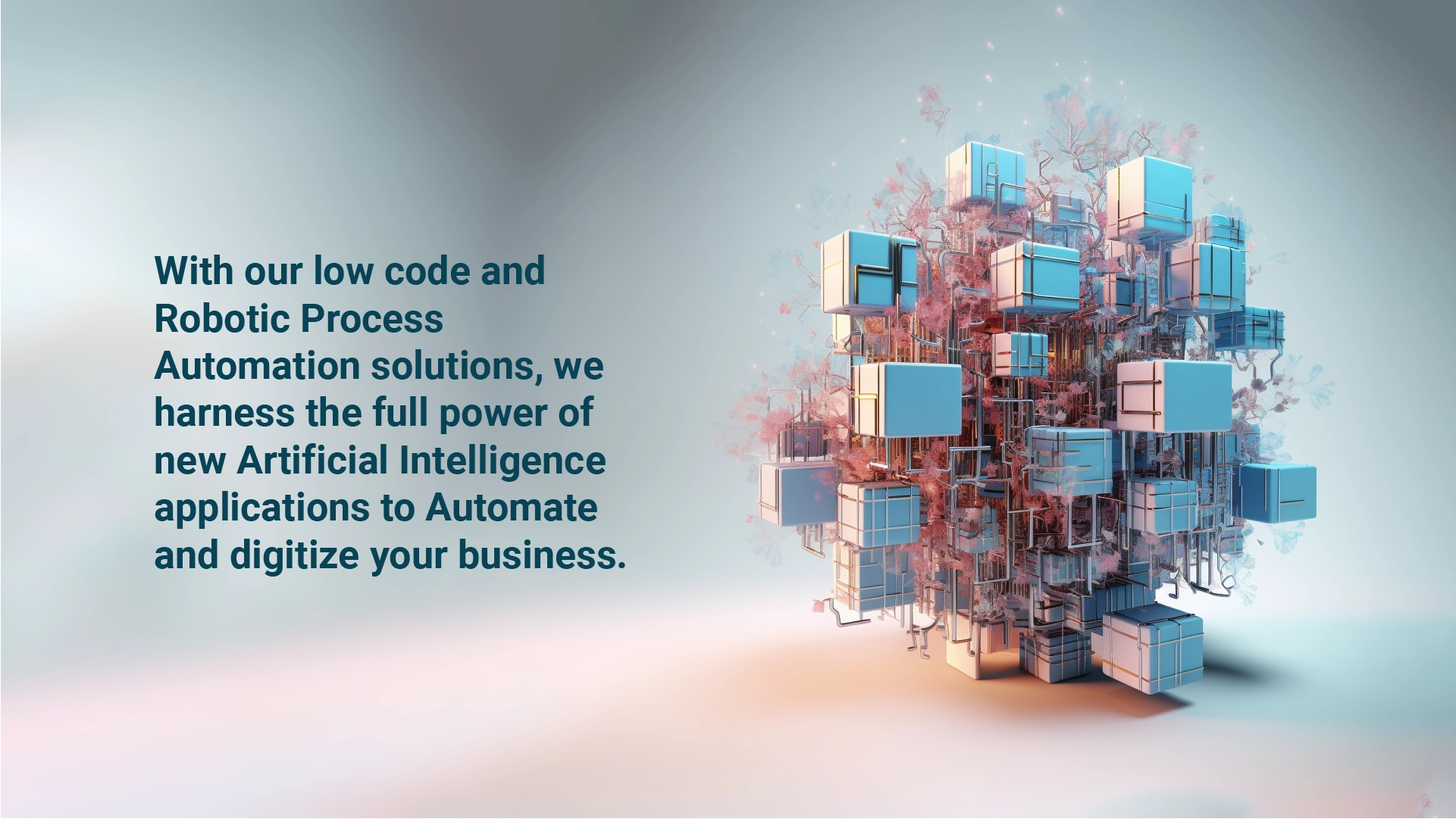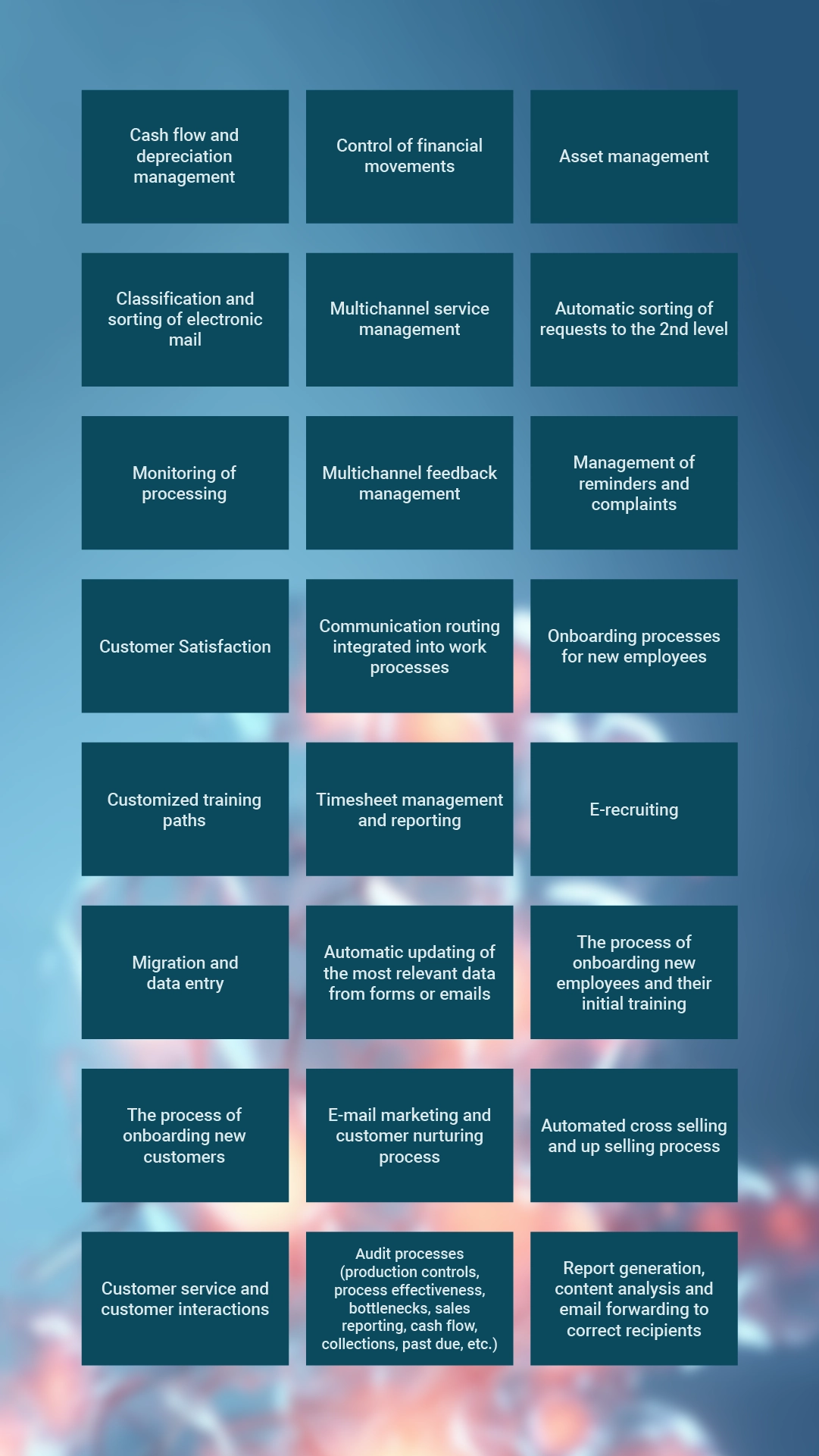RPA is automation software to replace humans in repetitive tasks, and by digitizing all tasks, even elementary ones, it makes possible the digital transformation of an organization.
Popular reports among IT analysts speak of it as the new IT revolution, with No-code or Low-code solutions that could ensure greater efficiency of organizational structures.
This is where RPA, Robotic Process Automation, software finds its application. According to a Gartner study, by 2025, 65 percent of companies will have adopted them.

RPA, Robotic Process Automation, refers to the technology involved in work process automation, which uses software capable of automating repetitive tasks by interacting with computer applications and mimicking human actions.
RPA simplifies the creation, implementation and management of software applications, known as robots, that simulate human actions and automatically interact with digital systems and software.
Robots then take the place of office workers in all those repetitive tasks based on well-defined rules and perform them more quickly, without error and without pause.
